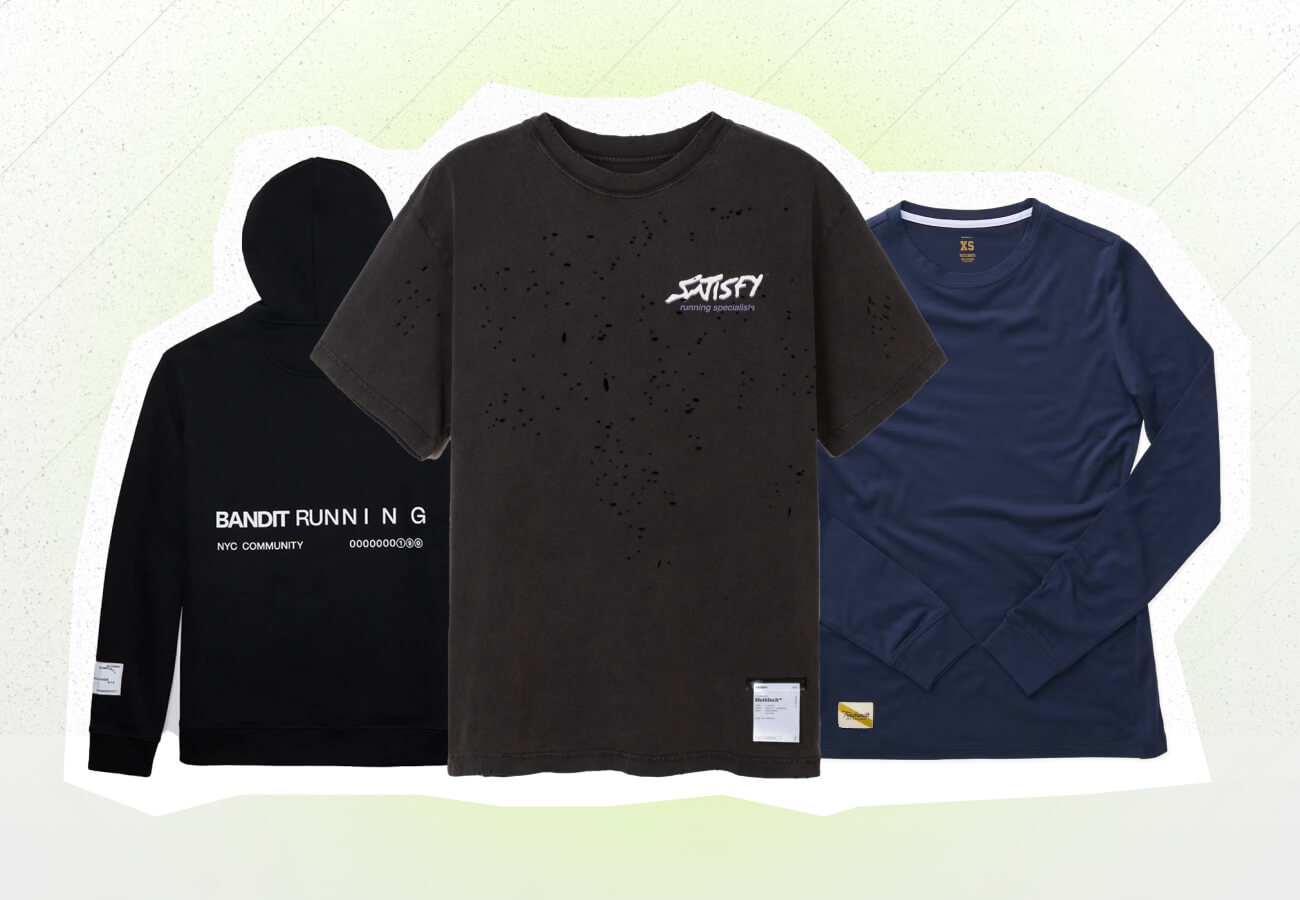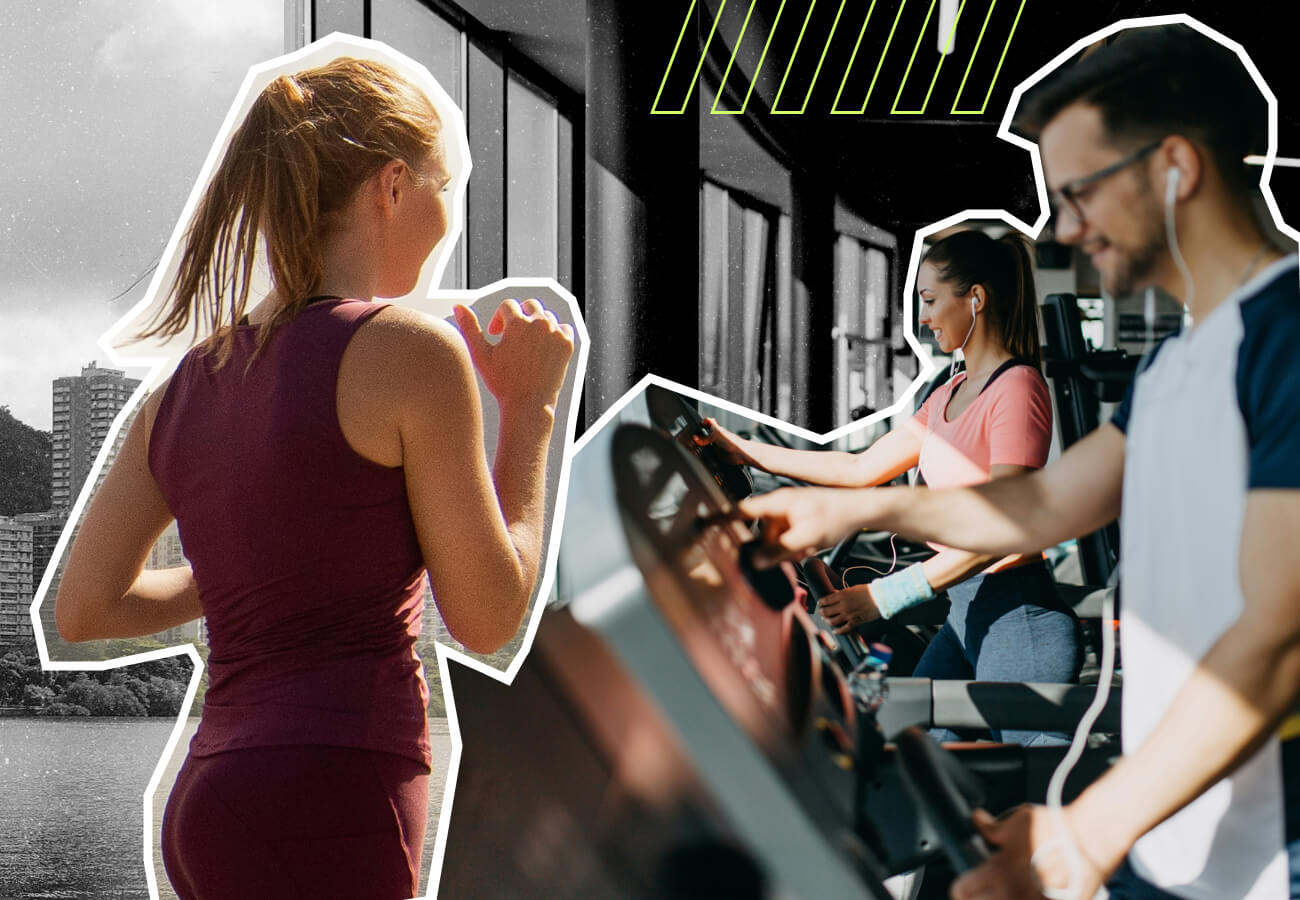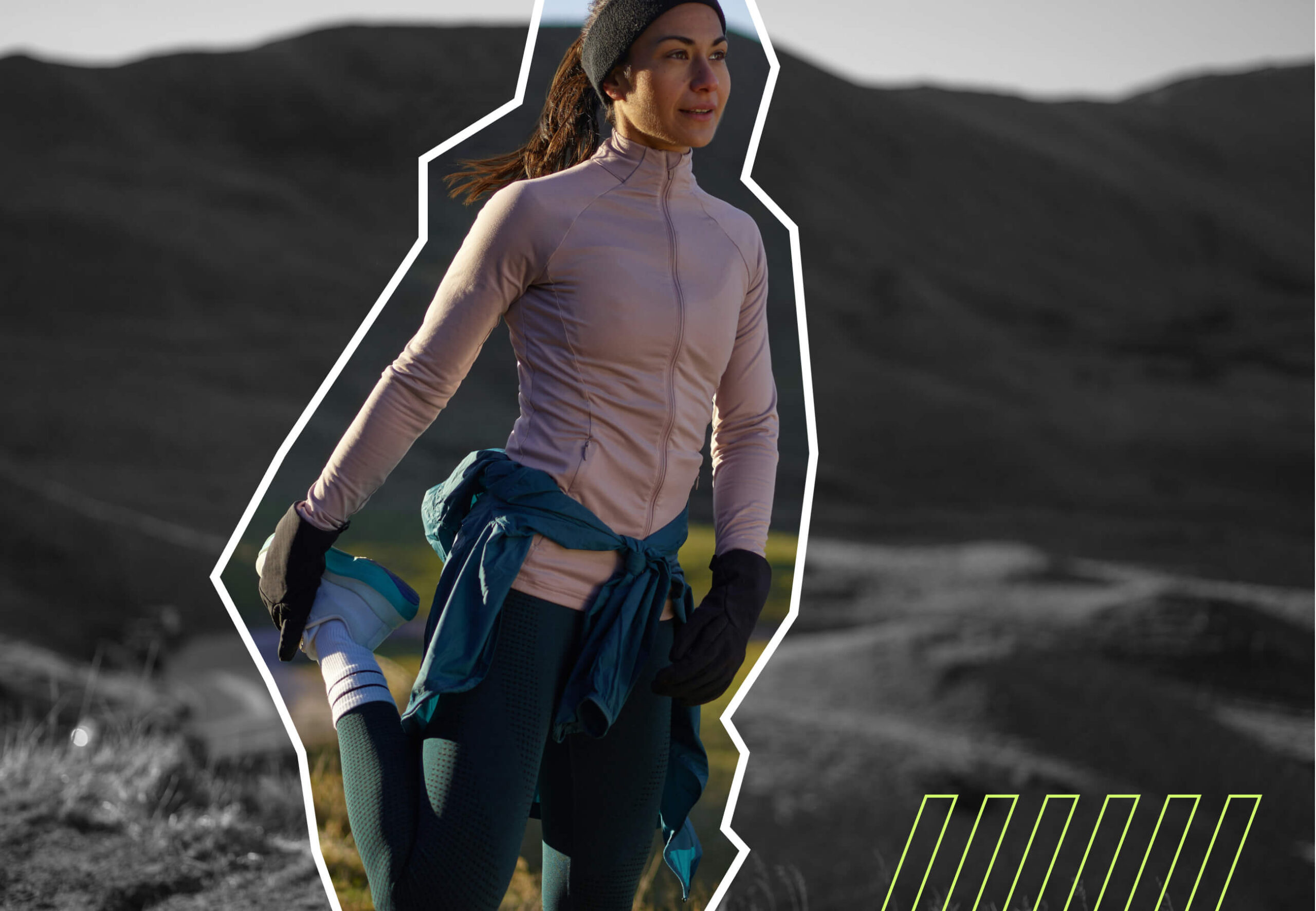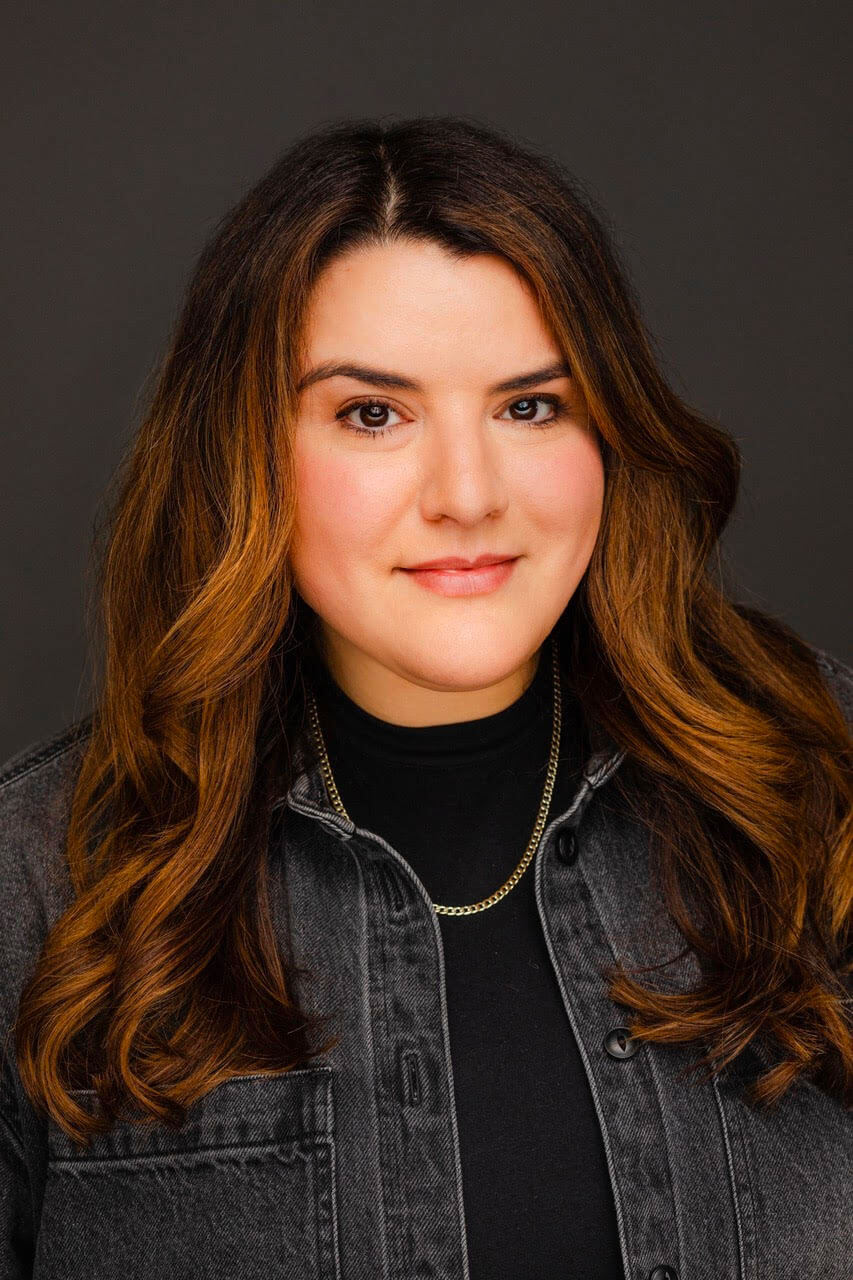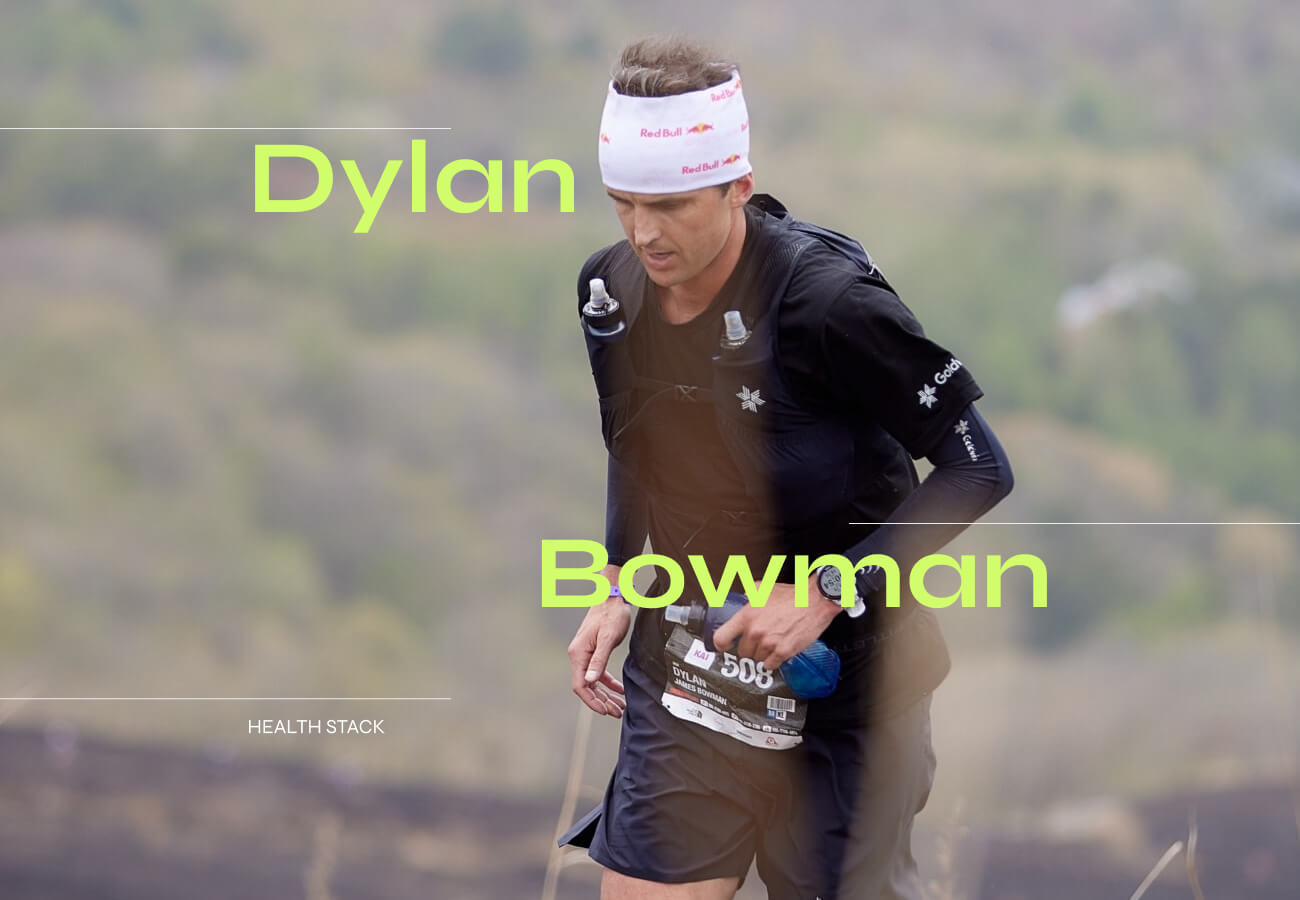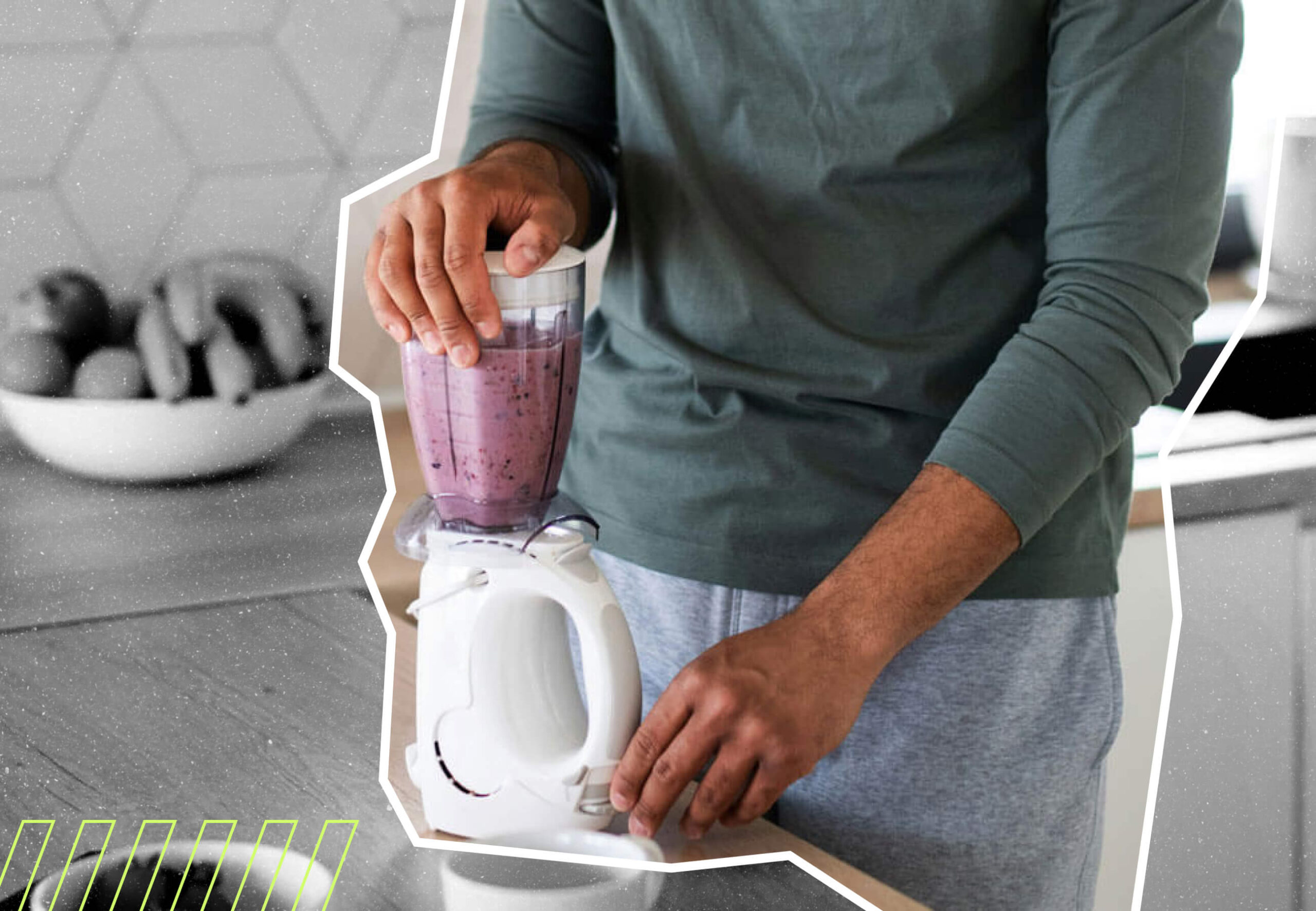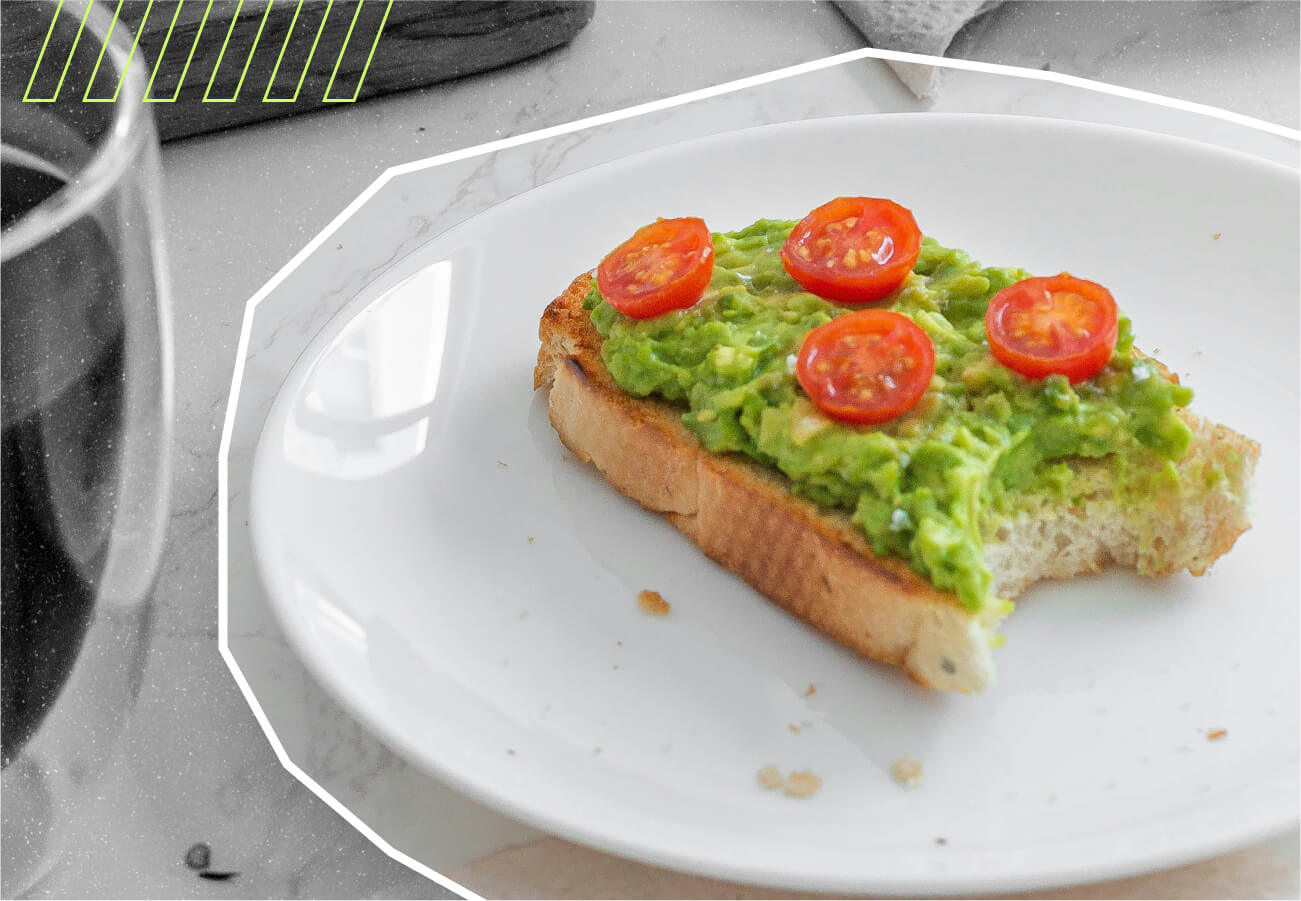The best running shoe brands of 2025
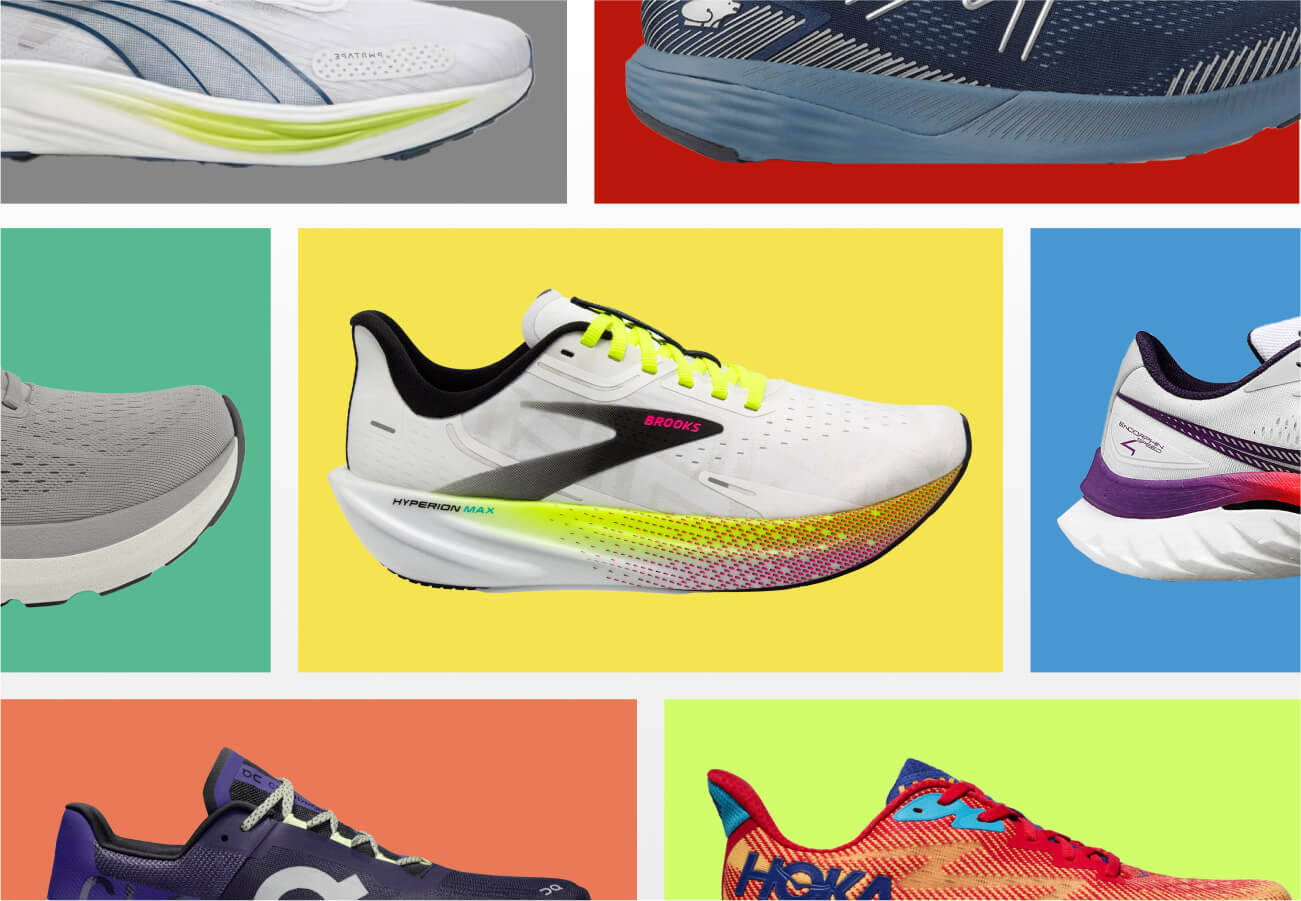
Running shoes come in all shapes and sizes, from minimalist shoes that barely weigh anything at all, to maximalist shoes that make us three-to-five inches taller, and even shoes with a carbon-fiber plate embedded into the sole.
With so many options available, it can be difficult to navigate the world of various running shoe brands available on the market. However, it’s impossible to make a one-size-fits-all running shoe brand recommendation because the type of shoe a person needs largely depends on their foot structure, and how their foot responds to ground impact forces during walking and running, explains Dr. Lyssa Cleary, a physical therapist and co-founder of Athletic Lab Physical Therapy and Performance Training in Santa Monica, California. There’s so much to factor in — like whether a person has a more stiff versus more mobile foot, the strength of their calf musculature, and the type of running they’re doing (long distance versus shorter, faster runs).
That said, there are plenty of brands producing reliable, performance-based running shoes worthy of our time. Below, we’ve rounded up the most popular and expert-approved running shoe brands, and tips on how to shop for the best shoe for you.
1. Brooks
Brooks began in 1914 as a small shoe factory in Philadelphia specializing in ballet slippers and bathing shoes. Now a Seattle-based running specialty brand, Brooks is repped by major running celebrities like 2018 Boston Marathon winner Des Linden, and has shoe models with cult-like followings, including the Ghost, Glycerin and Adrenaline GTS.
Fully committing to just running shoes in 2001, Brooks is known for being an accessible yet innovative brand with shoes for runners of all levels, including models with extra cushioning for walkers and distance runners, and the carbon-plated Hyperion Elite for competitive racers.
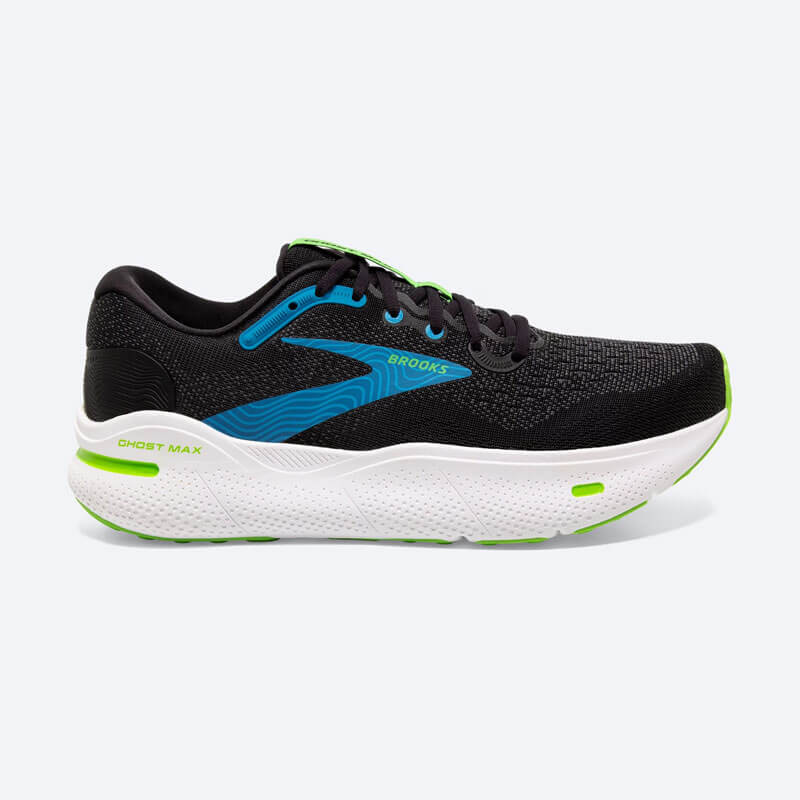
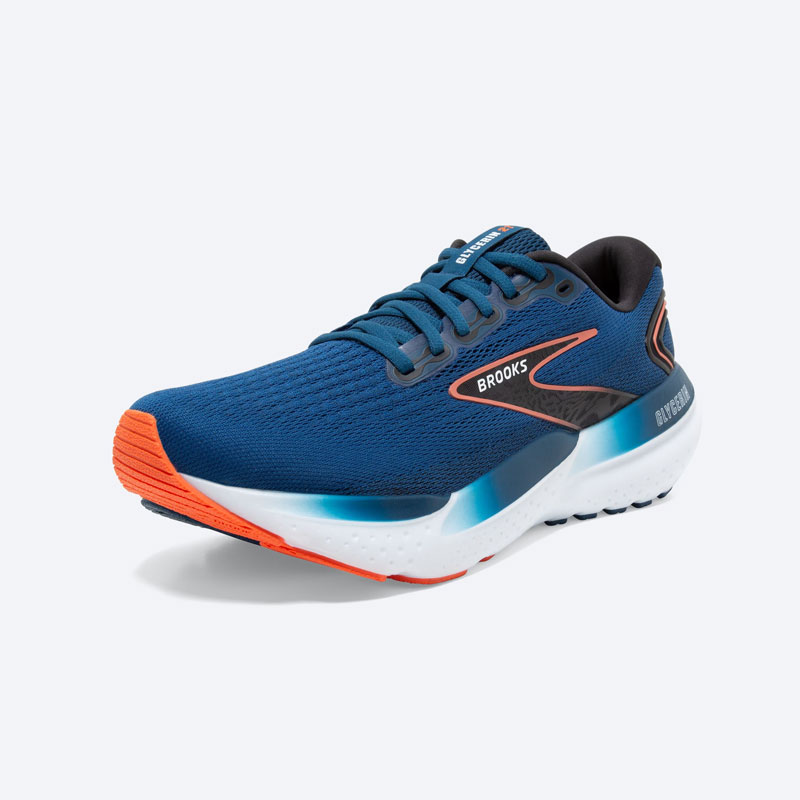
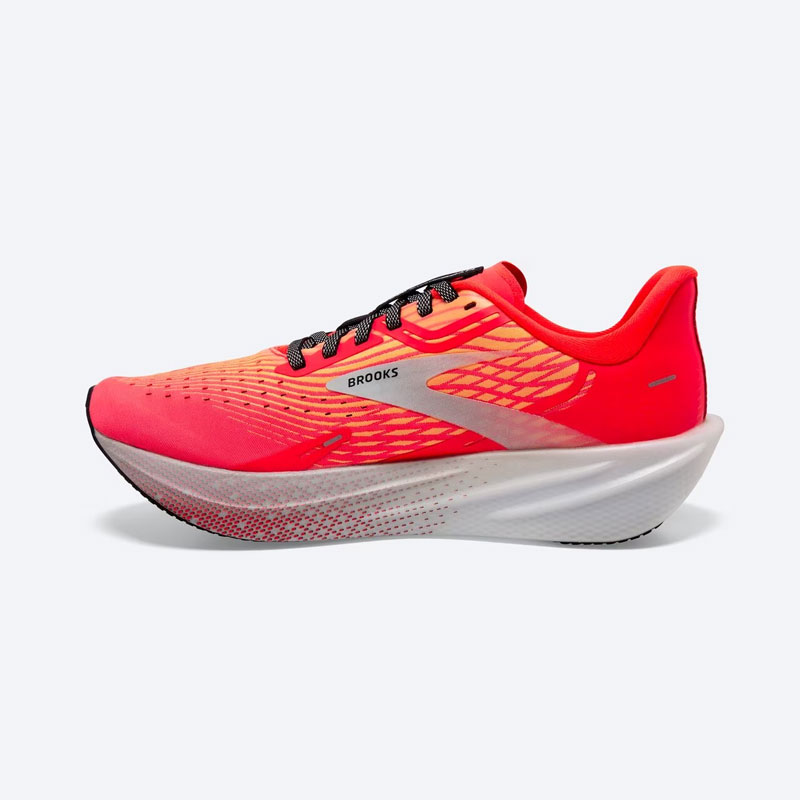
2. Saucony
Founded in 1898, Saucony Shoe Manufacturing Company opened in Kutztown, Pennsylvania and was originally focused on children’s footwear. After being purchased by Hyde Athletic Industries in 1968, the brand became known for its running, basketball, and tennis shoes.
Today, Saucony (pronounced “Sock-A-Knee”) is known for its performance running shoes and pioneering shoe technology, like PWRRUN+ foam cushioning, carbon fiber midsole plates, and sock liners. Represented by top American distance runners Molly Huddle and Jared Ward, Saucony has earned its reputation as a forward-thinking shoe company for competitive runners.
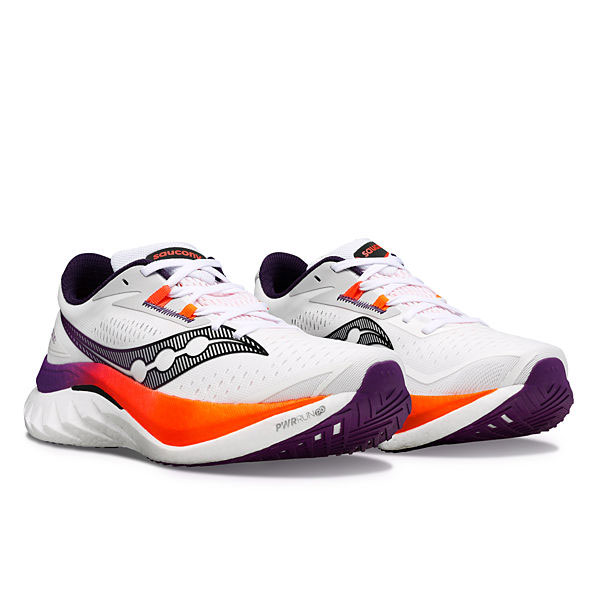
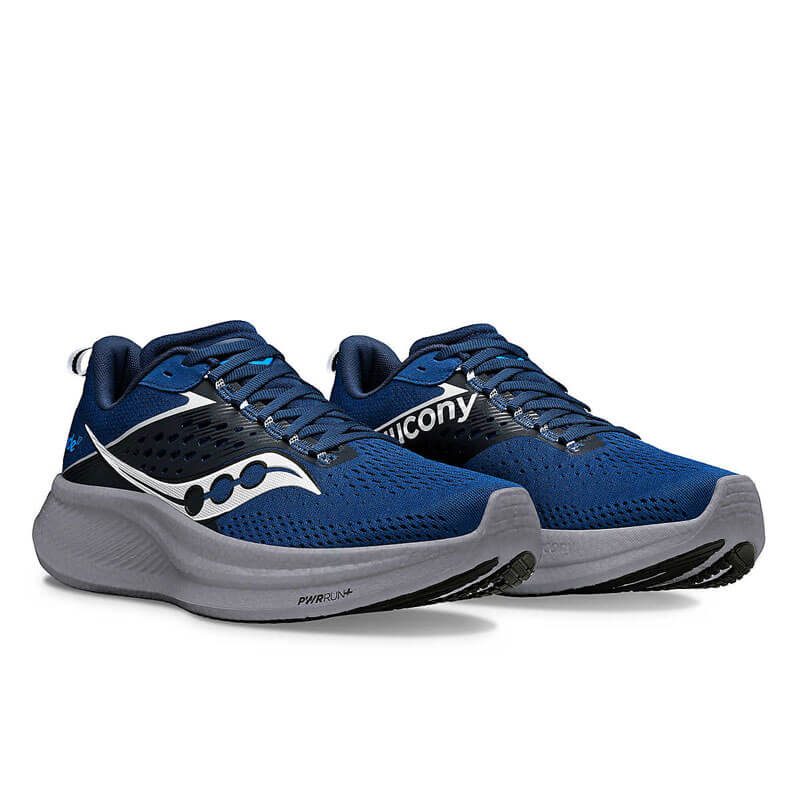
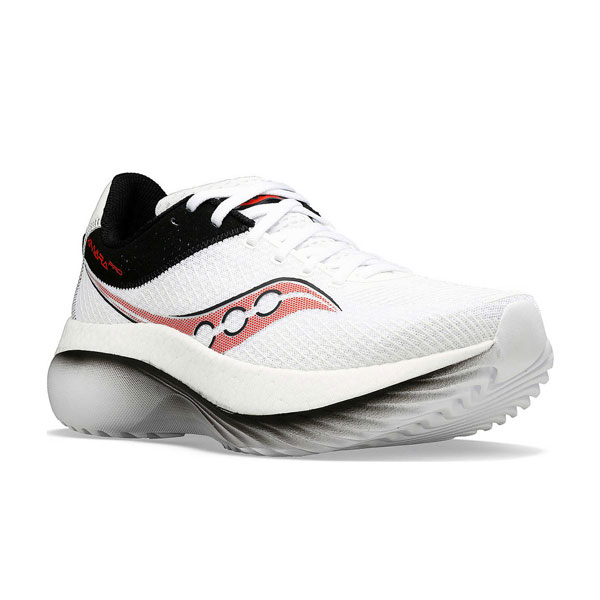
3. Asics
ASICS was founded in 1945 by Mr. Kihachiro Onitsuka. Onitsuka, who had recently returned home from war, built the brand around the phrase, “A sound mind in a sound body,” and strongly believed that an active lifestyle translated to a more fulfilling life. Today, ASICS remains one of the most universally well-known running shoe brands on the market.
ASIC’s most significant and revolutionary contribution to running shoe innovation was the launch of GEL ™ technology in 1986, a major advancement in the running shoe industry at the time. GEL™ technology, which increases shock absorption and enhances stability, remains a highly sought-after feature today, and is currently found in multiple ASICS models.
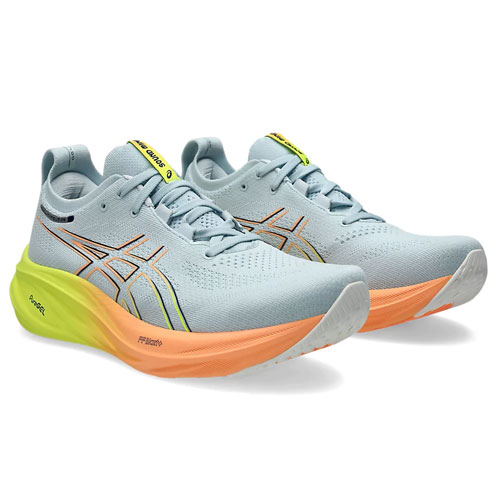
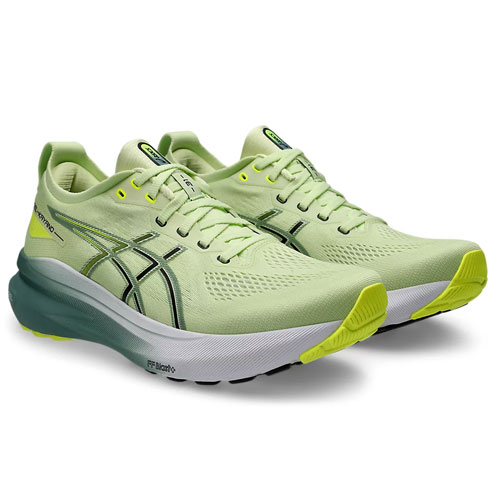

4. Topo Athletics
Topo Athletics didn’t enter the running shoe group chat until 2013, but quickly established itself as a top choice within the industry. Founder Tony Post, a D1 track and cross country runner, saw a gap in the market for a “natural” running shoe with a bigger toe box, low heel-to-toe drop, and limited cushioning — while still having many of the same features as traditional running shoes (like a secure midfoot and heel).
You may recognize Tony Post from his work with the Vibram Five Fingers brand, which became popular in the early 2010s following the release of Christopher McDougall’s book, Born To Run. Fortunately, Topo Athletic shoes have a bit more durability (and a more traditional look).
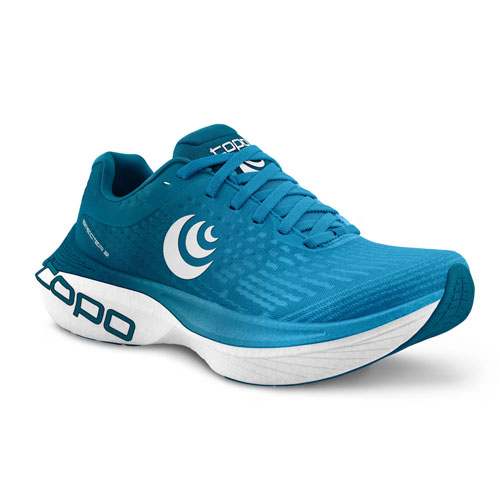
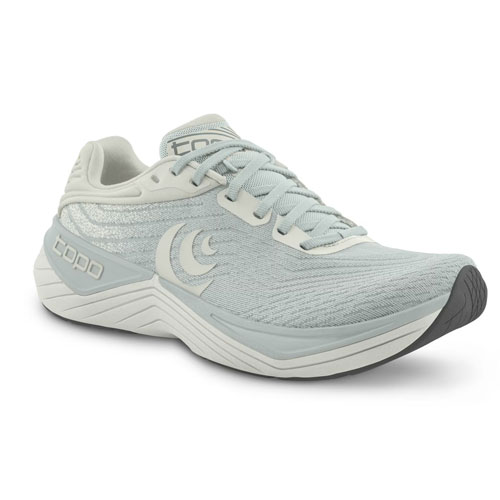
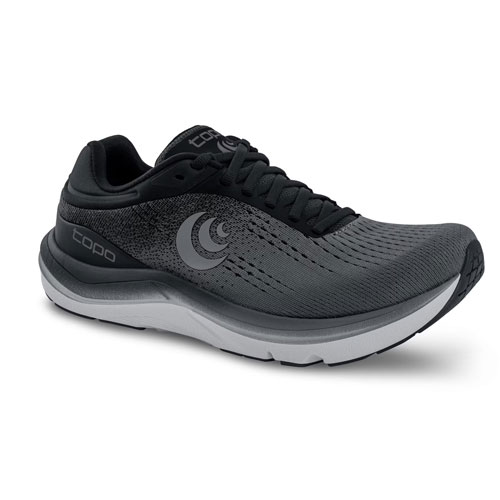
5. Altra
The Altra story began in 1998 when its founders, Golden Harper and Brian Beckstead began running together in high school. However, the brand didn’t officially launch until 2011. In 2009, Harper “experimented” with Zero Drop shoes by heating up existing running shoes in his family’s toaster oven, cutting out the midsoles and leveling the cushioning platforms. After successfully testing the new model in a 100-mile race in 2010, Altra was established the next year.
Today, the brand is known for its signature FootShape toe box, which provides a wider, more anatomically-shaped toe box, and its ZeroDrop heel-to-toe feature, which promises a more natural stride.
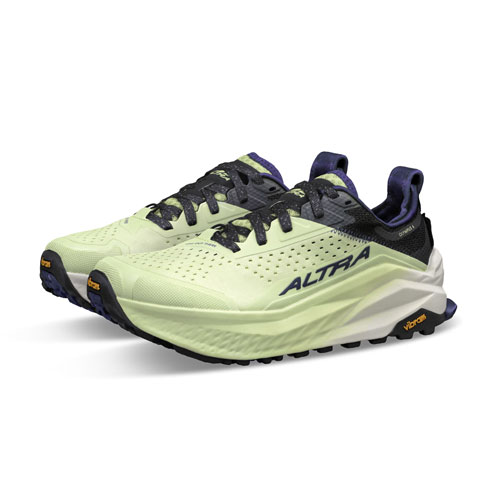
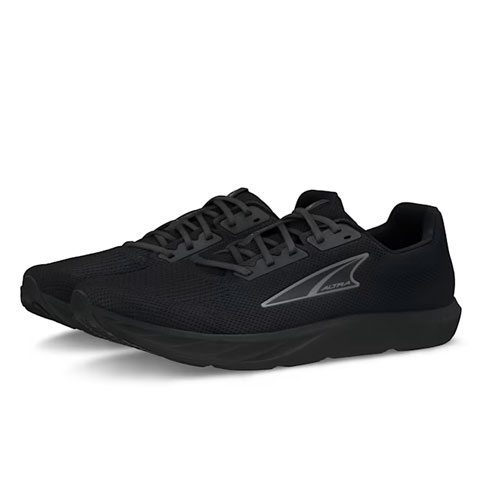
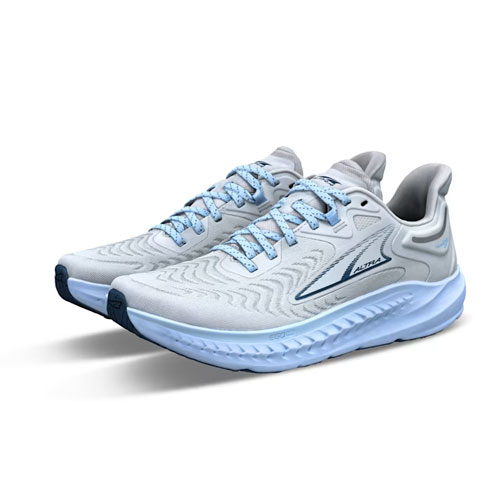
6. Tracksmith
Tracksmith joined the world of running apparel in 2014, launching in a Boston suburb and catering to the amateur running community. After focusing on performance and lifestyle running attire for 8 years, Tracksmith launched its first shoe, the Eliot Runner, in 2023. The performance-driven, everyday training shoe has a retro look and is made with a modern Pebax midsole and insole that’s suitable for long runs, track workouts, and casual jogs. A carbon-plated racing shoe, the Eliot Racer, is set to debut from the brand in summer 2024.
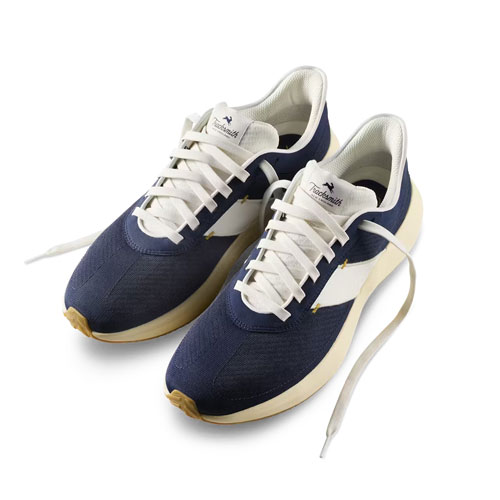
7. On Running
On Running was born in the Swiss Alps in 2010, when retired athlete Olivier Bernhard set out to create a running shoe with a ‘totally new’ feel. After bringing David Allemann and Caspar Coppetti on board, On Running produced a prototype with cloud-like outsole loops on the bottom of the shoe, now known as their CloudTec cushioning system. The prototype won an innovation award, generating interest in the unique technology that provides a soft landing, firm toe-off, and adapts to a runner’s individual gait pattern.
Today, On makes shoes featuring its proprietary cushioning technology and unique platform look for road runners, trail runners, hikers, gym-goers, and even tennis players.
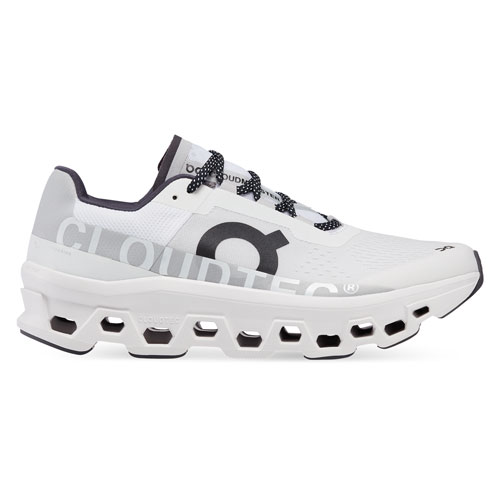
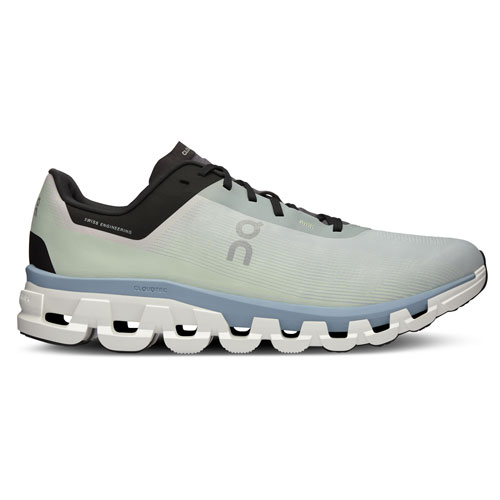
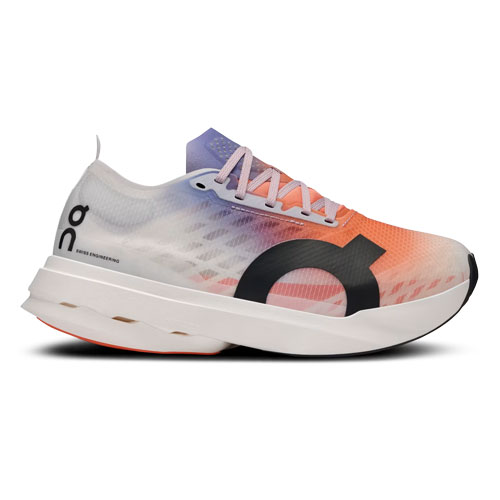
8. Hoka
Anyone who ran through the late 2000s remembers their first time seeing a HOKA running shoe. The predominantly maximalist brand is known for its characteristically oversized cushioning while still remaining lightweight. Founded in 2009 by former Salomon employees Nicolas Mermoud and Jean-Luc Diard, the shoes were strikingly different from many of the minimalist shoes available on the market at the time.
Today, Hoka produces both max-cushion and lower profile shoes for the road, trail, and all-terrain, and continues to be known for its low weight-to-cushion ratio. Hoka also sponsors a variety of professional runners, including ultra runner and thrice Western States winner Jim Walmsley.
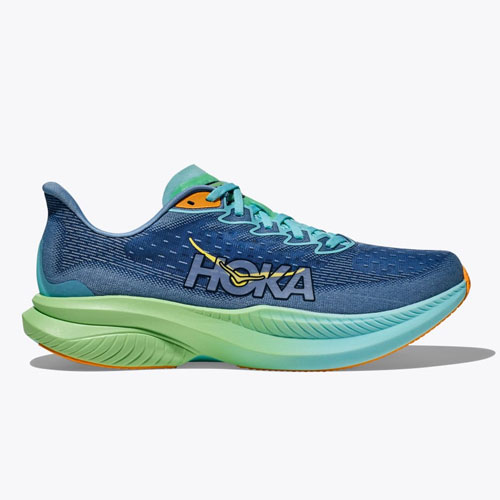
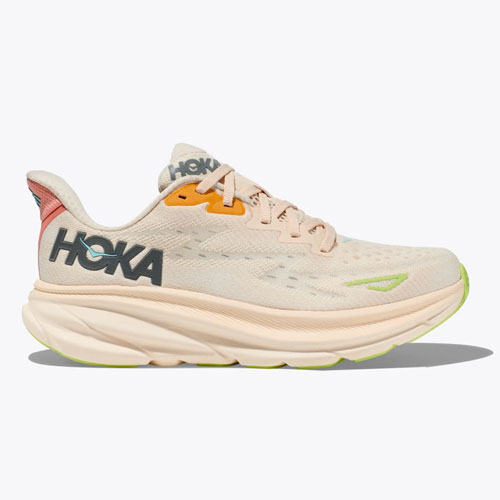
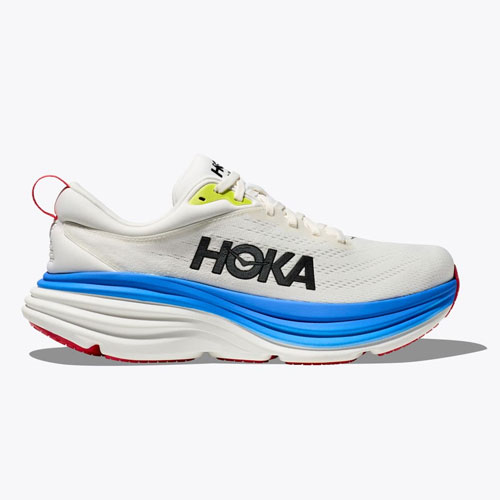
Go deeper: Discover more brands like HOKA
9. PUMA
Operations for PUMA commenced in 1948 when the brand was born and registered at the German Patent and Trademark Office. While the first major successes of the brand revolved around a football boot, the first world record in the 100-meters was run in a pair of PUMA running shoes in 1954. In 1968, multiple American athletes competed at the Summer Olympic games wearing the Puma Tahoe brush spike, putting Puma on the map.
Today, the brand manufactures shoes for every type of runner including Olympic sprinters, world-class marathoners, weekend warriors, and trail runners. Notable technologies include PUMA’s Nitro Elite midsole featuring nitrogen-infused foam, PUMAGRIP-LT high-traction rubber sole for the rack, and its carbon fiber PWRPlate.
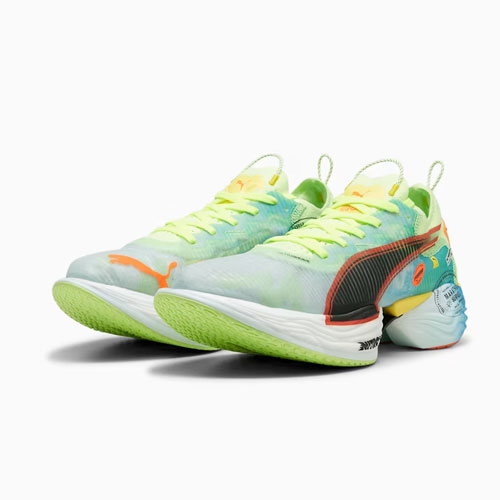
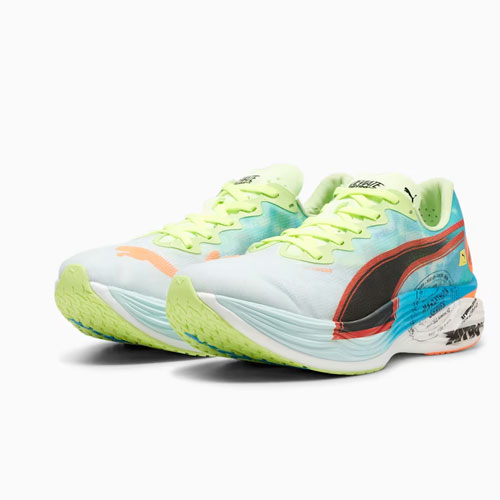
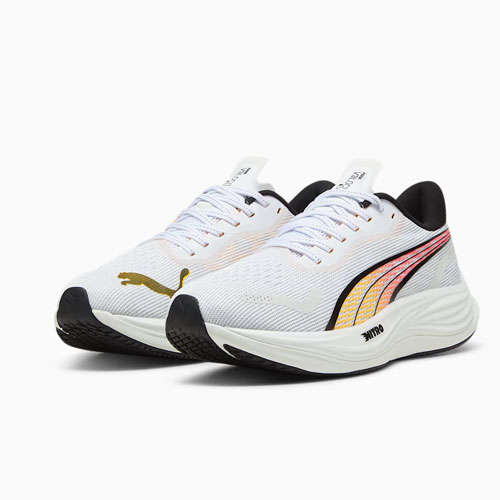
10. Nike
It’s impossible to talk about the best running shoe brands without mentioning Nike. The brainchild of University of Oregon track coach Bill Bowerman and Phil Knight, the iconic company launched as Blue Ribbon Sports in 1964 before splitting from parent company Onitsuka and changing their name to Nike in 1971.
Bowerman created the first waffle sole by pouring rubber into his wife’s waffle iron, changing the running shoe industry forever. Since then, the company has introduced its fair share of running technologies, including unique cushioning systems Zoom Air and Nike ZoomX, and the Nike Vaporfly, which revolutionized long distance running with studies showing the shoes could improve run times up to 4.2%. Today, the swoosh can be seen on every type of running shoe including track spikes, walking shoes, trail runners, and more, and was the shoe of choice during Nike’s Breaking 2 project, when odds were defied to help Eliud Kipchoge break two hours in the marathon.
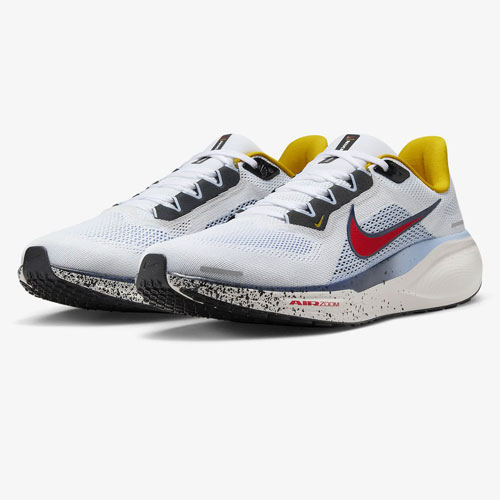
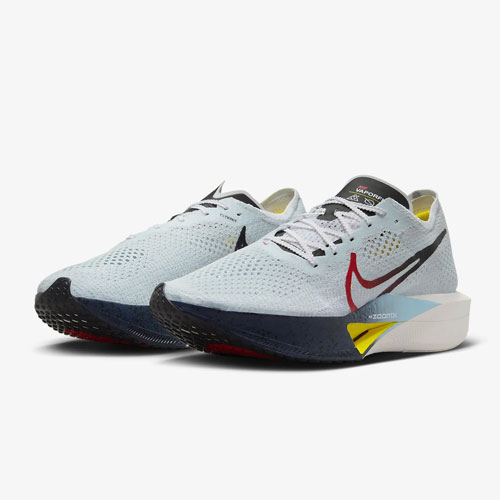
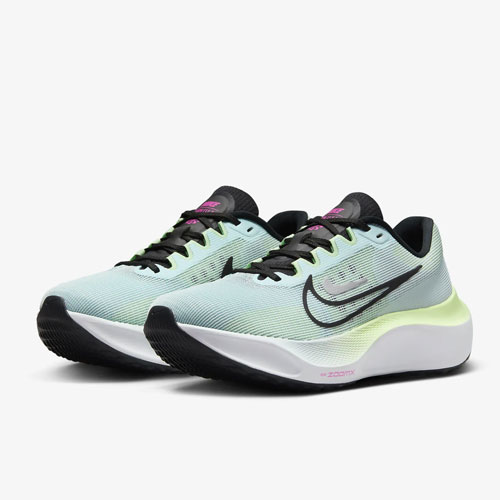
11. Speedland
Launched by former Nike and UnderArmour designers, Speedland brands itself as a “hyper-performance trail shoe” that doesn’t compromise when it comes to quality. The high-end trail running shoe brand constructs their models with the most premium materials available — including a Michelin wrap outsole on their GS:PGH shoe, which allows foot reinforcement without the additional weight of heavy rubber, and a Carbitex carbon fiber plate underfoot on their SL:HSV model, designed specifically for the trail.
While the company lists products with premium prices, they’re built to last and come with an ‘extended lifetime sustainability’ guarantee.
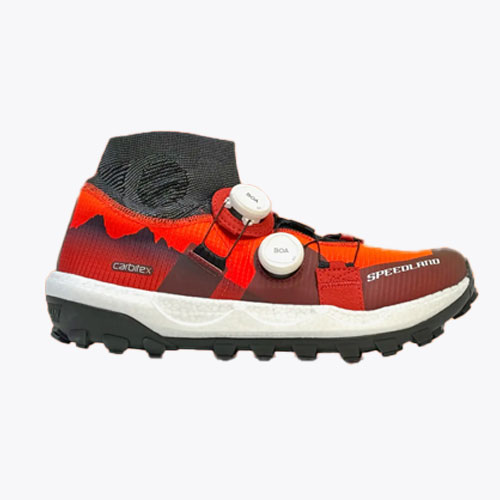
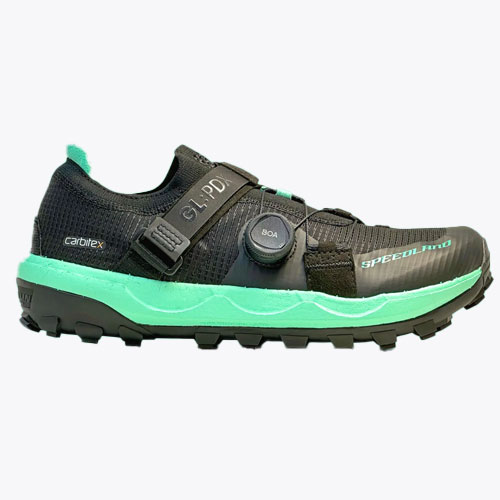
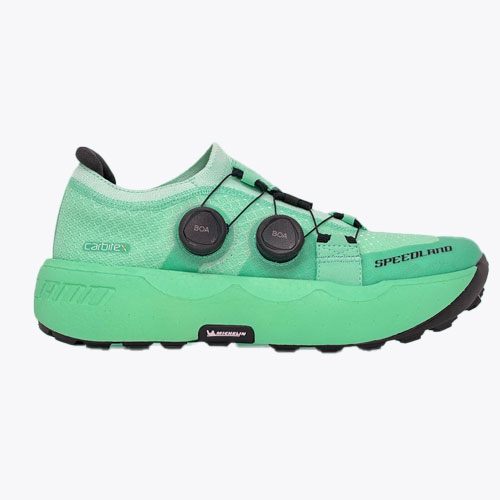
12. Karhu
Karhu was founded in downtown Helsinki in 1916 and began crafting locally-sourced birch into skis, javelins, and discuses before evolving into running shoes. After dominating the 1952 Olympic Games (and selling its three-striped trademark to a well-established athletic shoe company that still uses the logo today), Karhu officially registered for its now-famous M-logo in 1960.
Since then, Karhu has continuously pushed the limits when it comes to running shoe technology, from developing the first patented Air Cushion midsole in 1970, to creating Fulcrum technology, an advanced propulsion system, in 1986. In 2018, Karhu collaborated with retail partners to construct Ortix Fit shaping, which helps the brands’ designers create footwear that accommodates the shape and volume of an average foot.
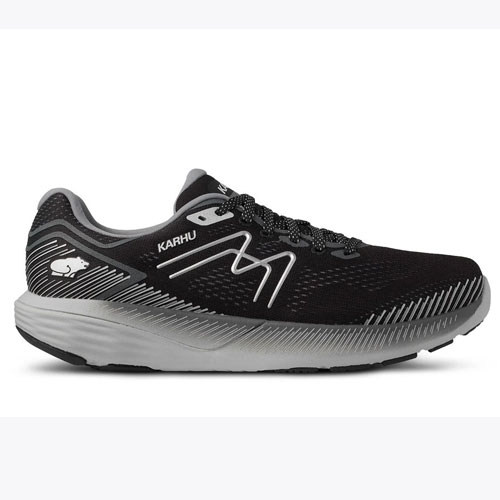
13. adidas
adidas has been a longtime trailblazer in the running shoe world, developing its first speciality running shoe in the 1960s. During the same timeframe, its Azteca Gold sprint spike shoe was giving competitors an advantage during the Mexico Olympic games, and the brand’s popularity has only skyrocketed from there.
Over the years, adidas has cemented its legacy as a top-tier running shoe, becoming synonymous with Boost cushioning and stylish accents that look good out on the town and on the track, despite its questionable partnerships.
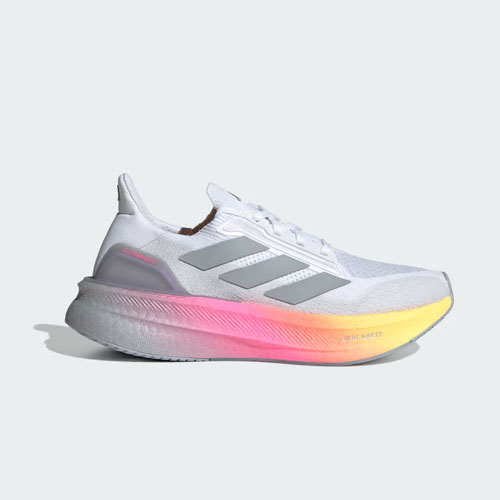
How to choose the right running shoe brand for you
Understand your own needs
Before you begin shopping for a running shoe, it’s best to think about what you’ll primarily be using it for. Longer runs on the road with miles in the double digits? Shorter speed workouts on the track? Shoes used for longer distances are typically more stable and have higher amounts of cushioning, while shoes built for speedwork are typically more lightweight and pliable. This can help you narrow down what type of shoe you should be looking for (for example, Nike may be best for speedsters, while Brooks may be the choice for those logging longer miles daily).
It’s also important to know how your foot hits the ground, and your overall foot position. Are you a heel striker, midfoot striker, or forefoot striker? This info is vital for understanding what type of heel-to-toe drop your foot may require (generally, heel strikers need a larger heel-to-toe drop, while forefoot runners need less).
Learn the lingo
Your foot has three components: the forefoot or ball of your feet, midfoot or area around the arch, and the rearfoot, or your heel. Each section of the foot works differently at different points of the gait cycle to keep you balanced, grounded, and moving forward. While categories like “stability shoe” and “neutral shoe” exist, it’s important to understand what part of the shoe is providing that stability or neutrality, according to Elizabeth Poppert, PT, DPT, MSC, OCS, a physical therapist and adjunct associate professor at the University of Southern California.
“When shoes have labels like “stability shoe,” they don’t always make it clear that the model has stability components in either the midfoot or rearfoot, or both,” Poppert explains. “And the average consumer can’t tell.”
That’s why understanding the different features of a shoe and why they may be helpful — like how a denser, more rigid midsole can help stabilize a hypermobile midfoot — is so important, Poppert explains. But it’s also quite a lot to ask from the average runner, which is why she recommends asking for help.
Get your gait analyzed by a professional
While Brooks Running has a Shoe Finder feature on their website that’s helpful in breaking down the different components of the foot and ankle for Brooks consumers, and universal tools like the Foot Posture Index can be used to quantify the degree to which a foot is pronated, neutral, or supinated overall, it’s difficult (and nearly impossible) for the everyday runner to fully understand their own needs. That’s why getting a gait analysis can be a pivotal part of your shoe brand selection.
Most running specialty stores offer gait consults with a member of their staff, or you can search for a local physical therapist or certified gait analyst to watch you run, provide feedback on your form, and make personalized shoe and shoe brand recommendations.
Try out several brands
‘Try before you buy’ is so important when it comes to making a running shoe brand selection. Heading to your local run specialty shop or a larger department store and simply trying on a bunch of different running shoe brands can help you get a feel for what feels best on your feet, and what helps you move most naturally. Checking the return policy is also important: Some stores allow you to trial shoes for 30 days, allowing you to fully explore how they feel during runs.
Don’t rely on just one shoe
Cleary often recommends recreational runners have at least two different styles of shoes that they alternate runs in.
“That way, your foot and body don’t become reliant on one type of shoe,” Cleary explains. “Variety is so important for training and keeping our bodies healthy for the long run.”

 Published on Jan 8, 2025 by
Published on Jan 8, 2025 by 

